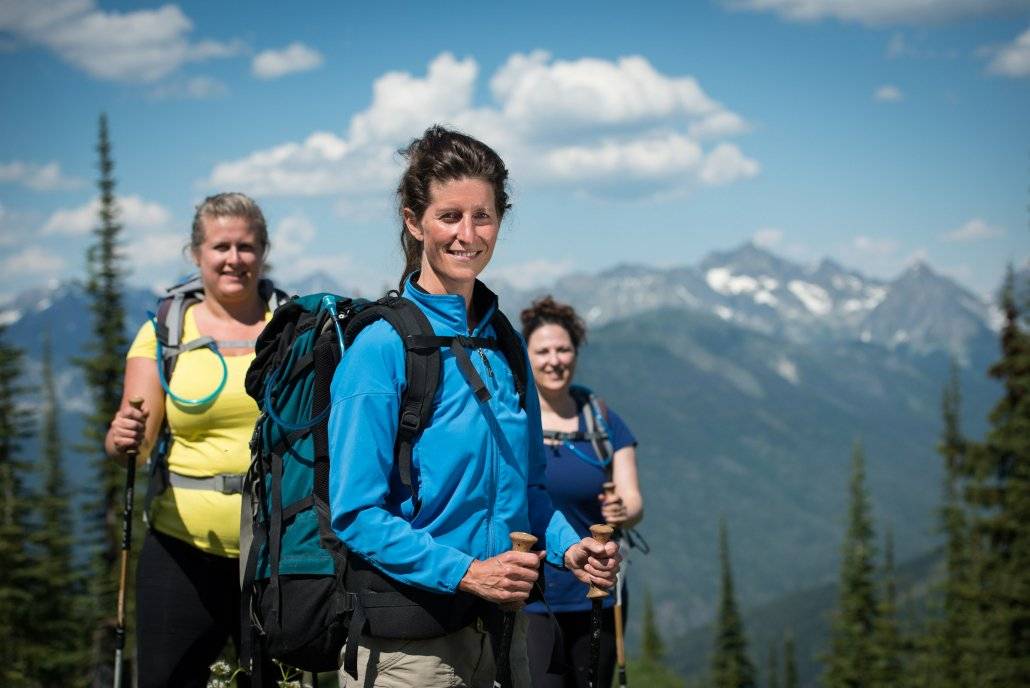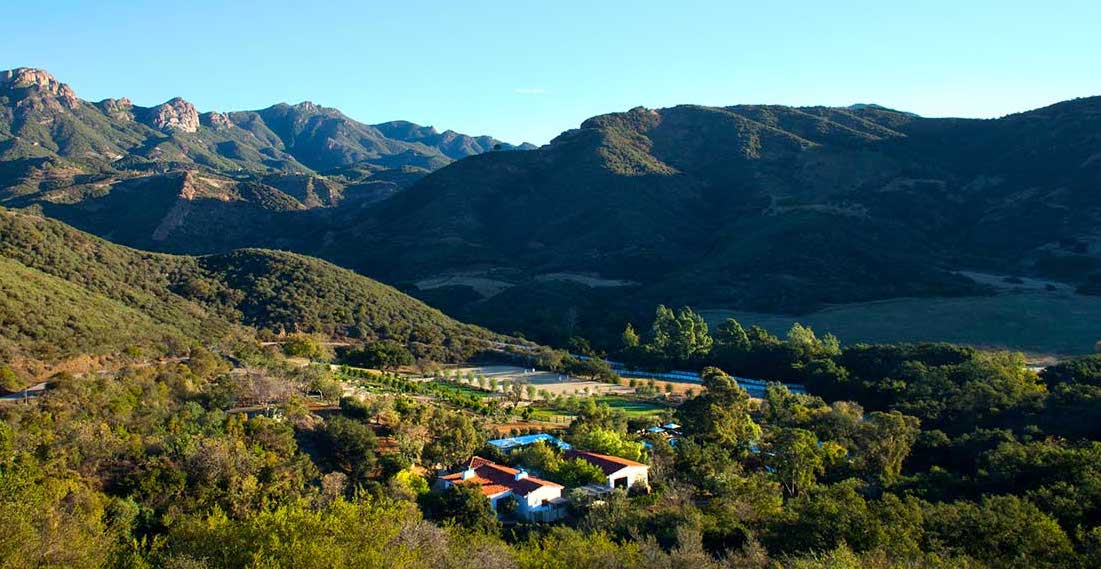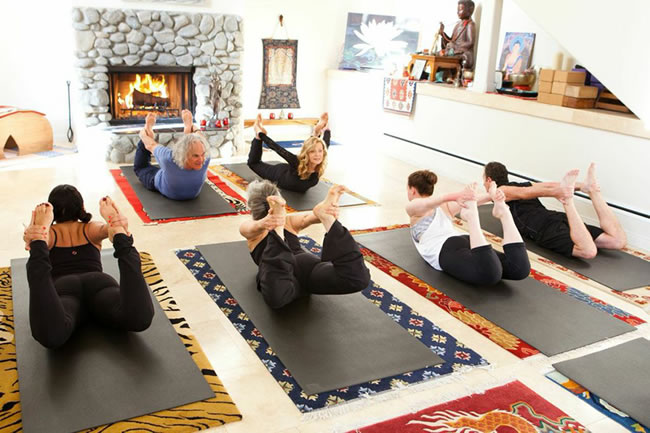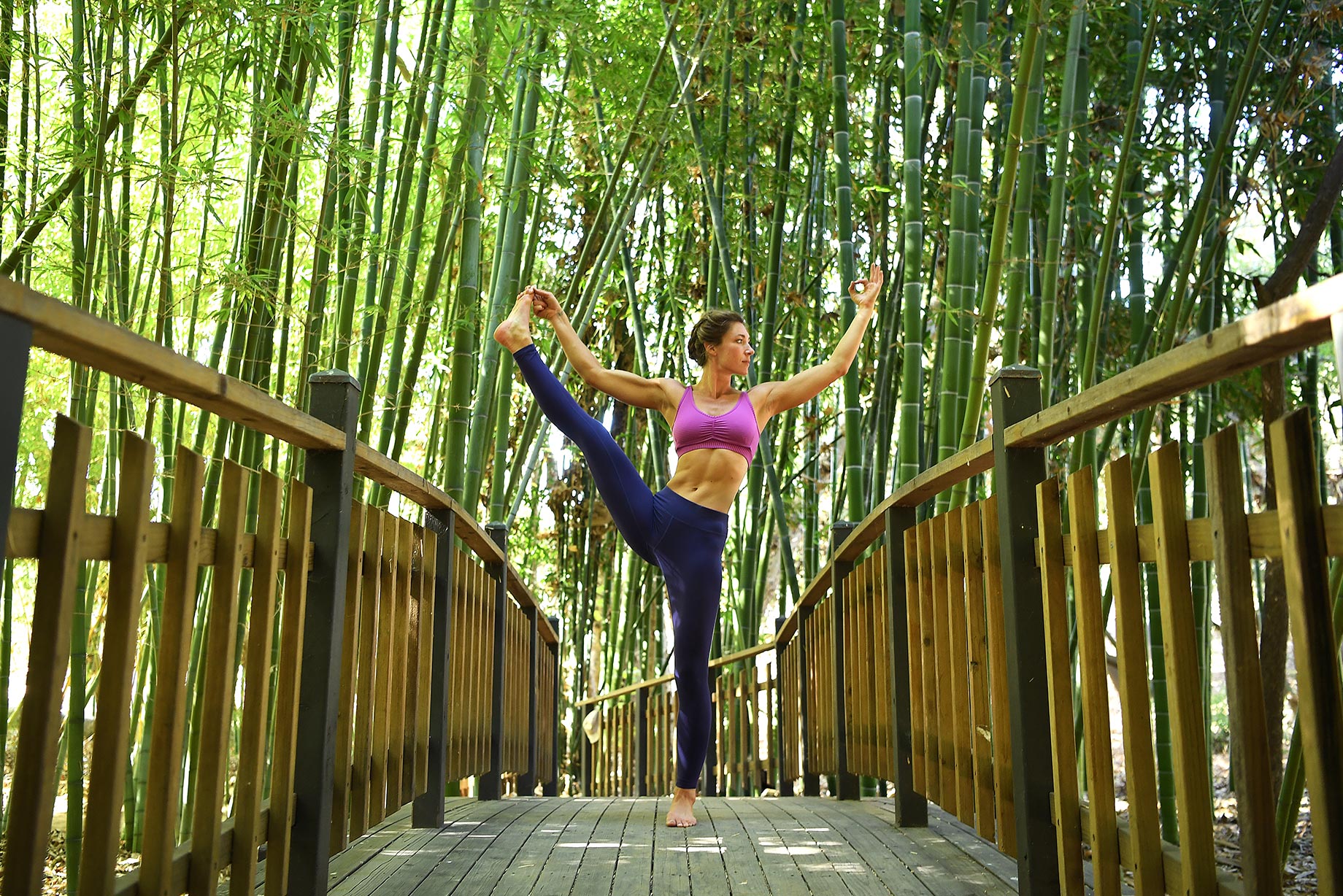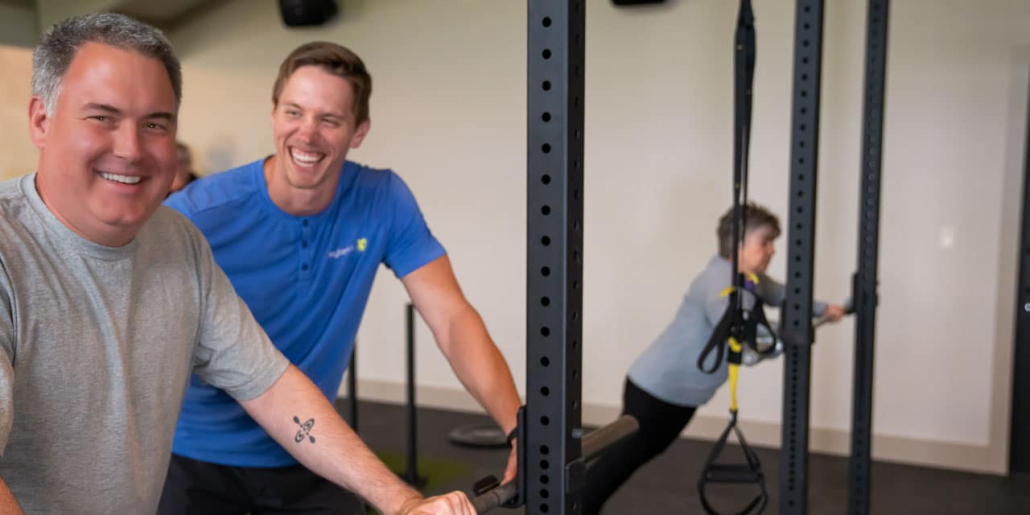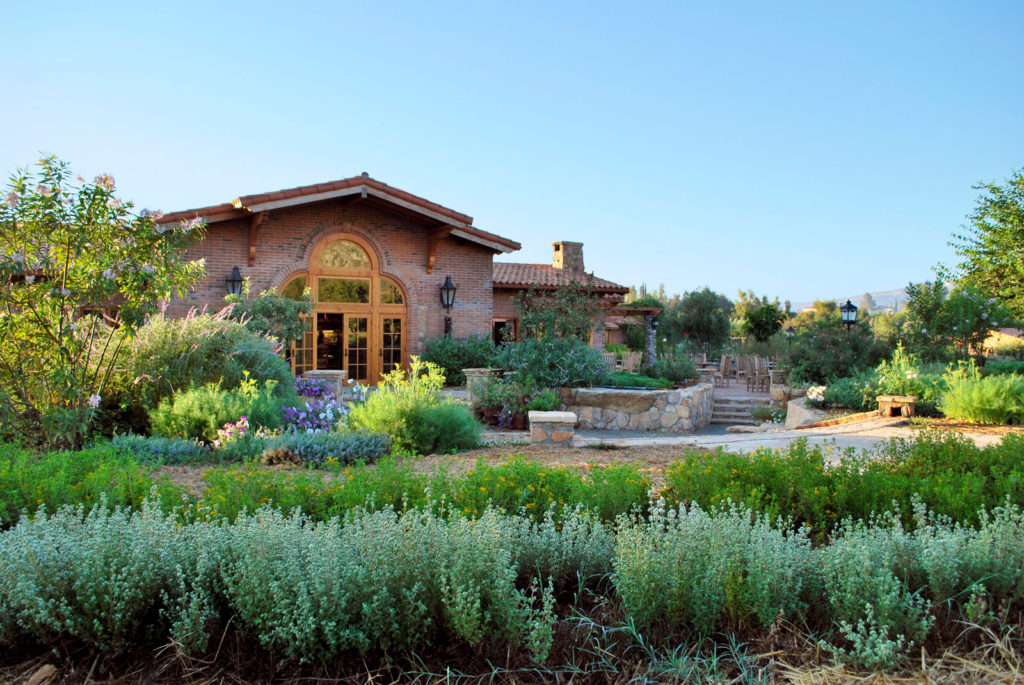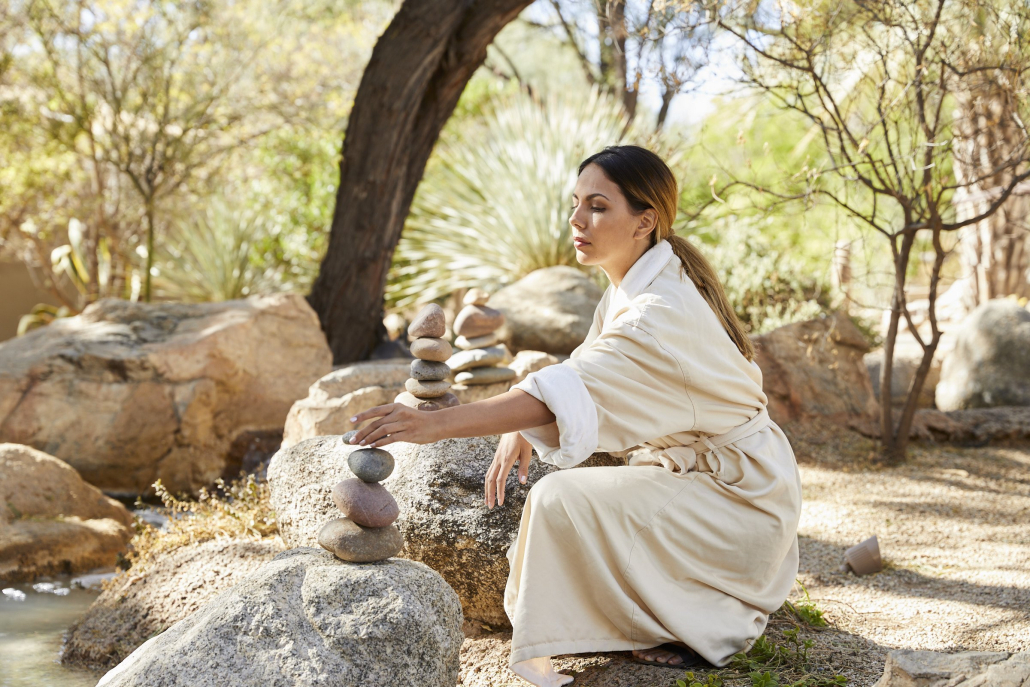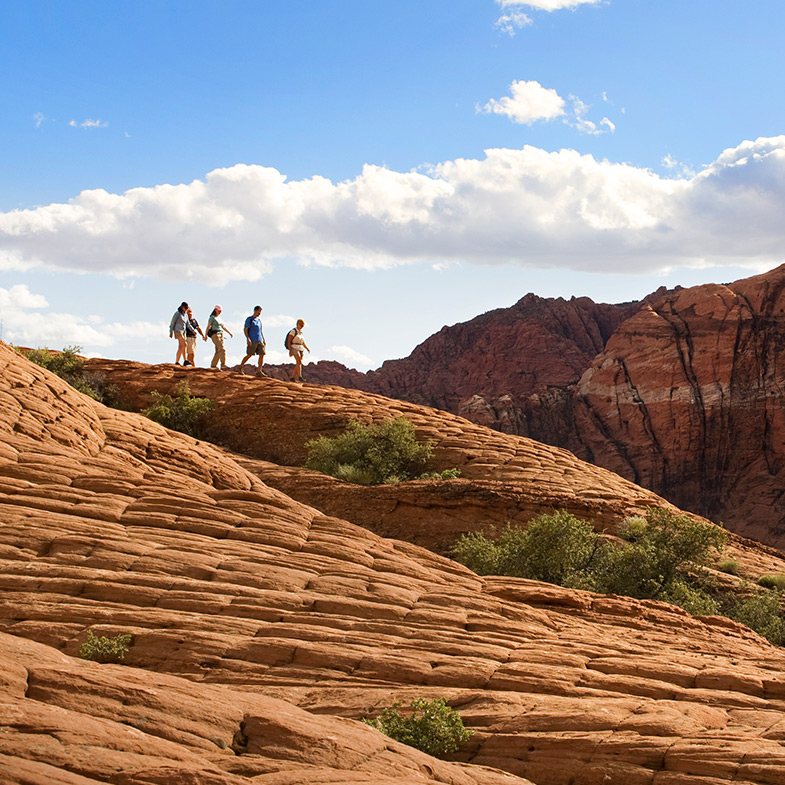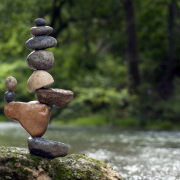Health Spa Guide
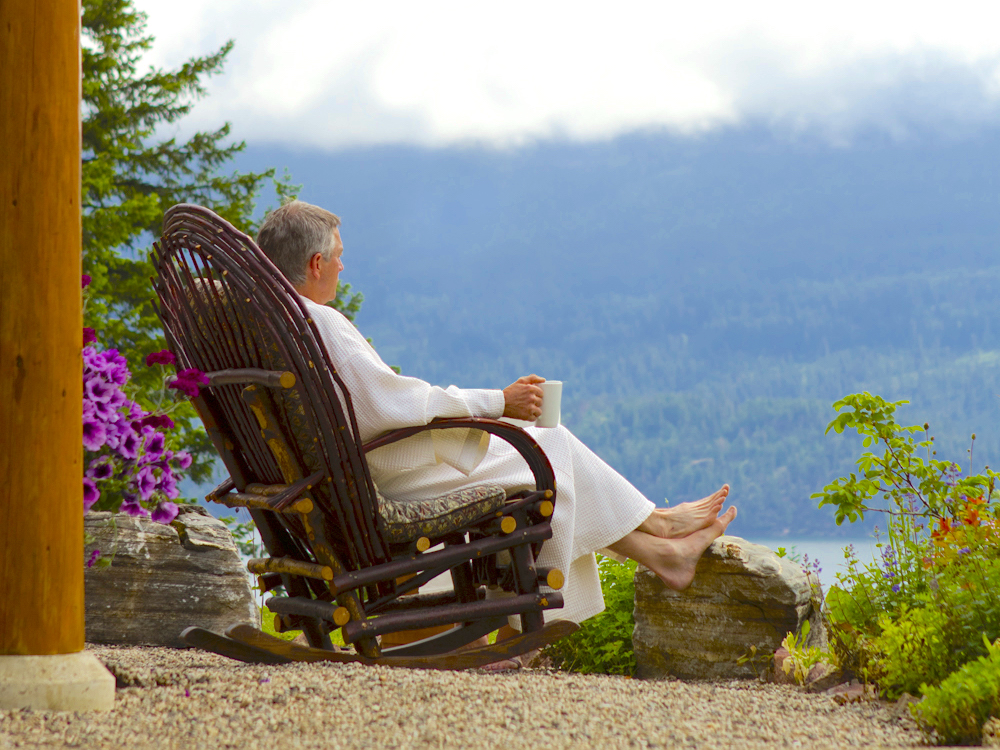
Time spent in a health spa can truly change your life, but only if what you book is in fact the experience you’re seeking. It’s easy to feel overwhelmed when bombarded by choices and multitudes of information online, so we’re here to help break it down for you. After all, it’s important to know all the facts when it comes to making choices for you and your body.
If you’ve heard the term “health spa” in the past and felt a twinge of curiosity flicker deep down somewhere, you’ve come to the right place. This article—a guide rather—will help you fully understand what a health spa is (and how they differ from a “day spa”), the benefits you can expect from attending one, how to find the right one for you, and offer you a list of the best health spas in the world right now.
What is a Health Spa?
If you were to look in either the Merriam-Webster or Cambridge dictionary, you’d see definitions that date back to the 60’s, when the term first appeared. However, a lot has changed in the last 60+ years. Today, as the entire “wellness tourism” market explodes, and hundreds of niche variations surface, from yoga retreat to fasting retreat, an update of the term is needed.
A health spa is a multi-day destination retreat or resort that focuses on providing guests a complete and balanced rejuvenation of body and mind, often layering physical fitness activities (like hiking, yoga, and exercise), eating clean food, detoxification and stress reduction practices, spiritual inspiration, and even sleep support and educational seminars, on top of a traditional spa experience (steam room, sauna, jacuzzi, cold plunge, and massage/treatment rooms).
Health spas are typically located in an inspiring and remote setting to allow natural beauty and tranquility to aid in healing the whole being, are only attended by a small number of guests at a time, and usually have a well-rounded staff of caring, nurturing, professionals to assist guests in meeting their individual health goals.
What is a Day Spa?
Day spas are the most commonly confused with health spas. Day spas are just that: a place you go for the day to relax in spa amenities like a steam room, sauna, or jacuzzi, and/or receive spa treatments such as massages, facials, waxing, and nails. Generally speaking, you pay an entrance fee to access the facilities and then buy treatments a la carte. No fitness or nutrition aspects involved, and the service is over when you leave the building—overnight accommodations are typically not available nor included. Fantastic if you are looking for an outing with your friends or a little “me” time, not so great if you are looking for a major health reset or lasting lifestyle changes.
The History of Spas
The idea of a health spa is by no means new; rather, health practices such as detoxification, healing and deep relaxation have been around in some shape or form for almost as long as we homo sapiens have walked the earth.
It’s long been known that water is essential to our health and wellbeing. Many of the first settlements around the world were built near seas and rivers, and not just for agricultural reasons either. Water was believed to have healing properties and was considered to be a gift from the gods. Hindus would plunge themselves into the sacral Ganges River to heal their body and soul, while ancient Egyptians used the waters of the Nile for beauty procedures. In Buddhist Japan it was believed that bathing was a way to ward off disease and bring good fortune
And while most ancient cultures valued water in all its forms, there were a couple of them who recognized the added benefits of hot water. Specifically, natural hot springs. The ancient Greeks with their baths, and Japanese, with their onsens, were well-aware of the healing properties of hot springs heated by geothermal heat from the earth’s interior. Greek philosopher Hippocrates hypothesized that all human diseases begin with an imbalance of “bodily fluids” and that to restore balance, changes needed to be made to your habits and environment. He also suggested that bathing, massages, walking, and perspiration were crucial to restoring balance in your body. Hippocrates knew intuitively what so many of us are just discovering now; that hormone (“bodily fluid”) imbalance wreaks havoc on our health, that movement induces circulation and sweating, both of which detoxify the body naturally, and that human touch is not only a core need, but also helps move lactic acid and other fluids out of our muscles and through our detox organs (kidneys and liver).
The water in hot springs essentially acts like a multivitamin for your skin. Heated water can hold more dissolved solids than cold water (picture dumping table salt into a glass of cold water versus hot water), so the water is packed with good-for-you elements such as calcium, magnesium, silica, lithium, and radium. These elements found in the water of natural hot springs (in addition to the high temperature of the water) have been found to help with everything from soothing aching muscles to softening your skin, to clearing nasal congestion and improving circulation.
Even without natural hot spring water, and well before knowing the science behind it, cultures all over the world understood the importance of heating our bodies, especially in the colder flu season months to induce a “false fever” when they were more sedentary, inflamed, and susceptible to illness. Turkish Hammams, Russian Banyans, Finnish Saunas, and Native American Sweat Lodges have all been around for millenia, and an integral part of each culture’s ancient healing practices.
While many ancient cultures understood the value of hot water, it is the Romans who deserve the credit for developing what we now know as a health spa. Romans considered regular bathing to be part of their regimen for good health, so it wasn’t long before private and public spas were built all throughout Rome and their conquered lands. They were a place for socialization as well as healing. The word SPA comes from the Roman “sanus per aquam”, which means “health by water”. And these new thermal centers not only had areas for bathing but also gardens, libraries, shops, and medical facilities.
Unfortunately, spas took a decline during the Middle Ages with the fall of the Roman Empire, but they underwent a small resurgence during the Renaissance. This time, however, they were targeted more as treatment centers for specific medical conditions, not as places of relaxation or socialization, and were primarily used by the aristocracy, as only they could afford what was then a lavish luxury.
During the Industrial Revolution, as pollution rose in Europe and North America, spas began to see a rise once again. The need to leave the city for the clean air and waters of the mountains and seaside changed health spas, who began adding “combined treatments” to their offerings. These treatments often included things such as physical exercises, massages, herbal baths, time in nature, and specialized diets. The spas, while evolving, never lost their original purpose of restoring wellness and healing the body, mind, and soul.
By the late 19th and early 20th centuries, health spas had become a staple in the lives of the wealthy and elite. Hotels, restaurants, and entertainment venues started popping up around spas, making the surrounding areas popular getaways for those who couldn’t afford the spa itself, and the culture strengthened. WWII took its toll, however. Between the post-war economic struggles and the rise of modern medicine, people no longer flocked to health spas like they once had.
And now, modern society is understanding that preventative care is vastly more potent than relying on prescription pills and palliative care, and is once more seeking alternative methods for living a long, healthy life. Health spas are taking center stage again, helping people take the time to focus on self-care and wellbeing; physically, mentally, and emotionally.
Benefits of a Health Spa
Spending time at a health spa allows you the opportunity to leave regular life behind and give undivided attention to your healing experience. Day spas may be able to do that for a couple hours, but oftentimes multiple weeks are needed to make genuine progress. This is probably the biggest benefit of a health spa; complete, immersive, accelerated healing. You can be fully present with the healing process. All with the support and guidance of trained professionals every step of the way (why you want to choose the health spas with the best staff).
Modern health spas focus on a blend of physical and psychological improvement. Physically, it’s expected you will move towards a more ideal body composition (read: lose weight) and re-engage muscles you once used. Mentally, reducing stress and achieving a more calm, less anxious mind. And emotionally, finding peace, even in the most chaotic of lives, as well as new found inspiration.
What To Look For In A Health Spa
Health spas (and all of the variations) are most definitely not one-size-fits-all, so before committing to one versus the other, it’s crucial to understand the differences to help you decide which is the best choice for you based on your individual needs.
Retreat vs Resort
The largest category difference is whether the facility is a Retreat or a Resort. A health or wellness retreat is usually fully programmed, all-inclusive, and hosts less than 50 people at a time. You should expect to check in and out on a certain day, follow a schedule of events, and have most everything taken care of for you, from each calorie consumed to which type of movement you should do each day. Once you arrive, you can turn off your mind and let the staff take care of you. A health or wellness resort, on the other hand, offers guests a health-promoting environment with a la cart options to personalize the experience, hosts more guests at once, and allows you to check in and out as you normally would at any hotel. You should expect the resort to offer a wide variety of healthy options, like pools, fitness centers, and spa facilities, but for you to self-direct your wellness journey. Due to their intimate nature, all-inclusive programming, and higher staff-to-guest ratios, retreats are typically more expensive than resorts. Retreats are best if what you need is to fully unplug, turn off your mind, and have a team of experts guide you. A resort is best if you seek a healthy holiday but are more budget conscious and have the internal motivation to ensure you take full advantage of the healthy options available with your stay.
Location
The location of your health spa is integral to your success, and is very much a personal choice. Some retreats are located in the dry deserts, and might appeal to you during cold winter months, while some are located in more rugged wilderness, and might appeal to you if you’re craving to get far away from your stress/pain and reconnect with lush nature, trees, water, and fresh air. Look at both macro and micro location. Literally look at the retreat on google earth/maps to see if the region and immediate surroundings appeal to you. You may find that the health spa you are really excited about is actually located within a larger hotel, a busy development, or so far away from the nearest airport that travel to the spa is prohibitive.
Staff-to-Guest Ratio & Staff Credentials
Finally, look into the staff-to-guest ratio and staff credentials. Ensure, especially if you are going to a speciality retreat (like a yoga or meditation retreat), that each instructor is properly certified and there are only so many students to share attention between. This may be a once-in-a-lifetime investment you are making—you don’t want to entrust your health to unqualified people, nor yourself! If you are considering a hiking-based health spa, are all of the guides fully certified in wilderness first aid? How many guests are in each group? If you are considering a fasting retreat, is the lead practitioner a doctor or other highly-regarded medical professional? If you’re going to a large wellness resort, how easy will it be for you to get assistance? If you are going to a ceremonial retreat in South America for the first time, perhaps bring a best friend or trusted partner to ensure you have a built-in layer of psychological safety. If this information isn’t listed on the spa’s website, don’t hesitate to call and inquire.
Best Health Spas
Now that you know what a health spa is, the history of them, and what to look for when booking one, you may be eager to begin your own research and may not need to read on. However, if you’d rather us suggest a few of the top health spas to consider, by all means, please continue reading. We’ve broken the list into two, based on whether the spa is a Retreat or a Resort.
Disclaimer: We, Mountain Trek, have put ourselves on the list of best Retreat Spas, but are subjectively offering up this list of other experiences that our own guests have experienced and enjoyed as well as including those spas that we know are high quality by being in the industry ourselves. Our intent in writing this article is not to sell you on coming to Mountain Trek—although we would be honored to see you for a week (or two!)—but rather, to introduce you to the wonderful world of health spas, and the experience of investing in your physical, mental, and emotional health, for your own wellbeing and longevity, as well as those around you.
Best Health Spa Retreats
Mountain Trek Wellness Retreat & Health Spa
Yes, this is us, and yes, we are biased, but for good reason. Mountain Trek was recently rated the Best Wellness Retreat in Canada (by both Travel + Leisure and Condé Nast), the #4 Destination Spa in the World (the term Destination Spa was created by the wellness tourism industry and is often interchangeable for Health Spa), and routinely sees a return guest rate of over 40%. Mountain Trek is a 30+ year-old hiking-based health retreat located in the lush forests of British Columbia, Canada. 16 guests at a time are cared for by over 40 staff members and follow a proven schedule featuring daily guided hikes, nutritionist-designed chef-prepared meals, mobility and restorative yoga, functional fitness classes, and ample time in the state-of-the-art spa. If you are looking to escape far from your typical routine, want to be expertly guided into lush nature, and seek a highly rewarding, highly effective “health reset”, Mountain Trek is for you. The seven day/seven night program costs $6,400 USD (2023 pricing), with gratuities and extra spa treatments optional add-ons.
The Ranch, Malibu
Located in beautiful Malibu, California, The Ranch Malibu is a relatively new player in the Health Spa world, but has been quick to make a splash, and is routinely rated one of the top Destination Spas in the world. Similar to Mountain Trek, you can expect to follow a trusted program that incorporates daily hikes, clean food (plant-based only at The Ranch and coming from their own 2+ acre certified organic garden), yoga, exercise, and a state-of-the-art spa experience (including a cryotherapy sauna). The Ranch Malibu features larger, more luxuriously appointed guest cottages, more flexible booking options (up to four weeks, and is offered year round. Weekly guest counts are around 20 and a 6-night stay at The Ranch, Malibu is $7,600 USD per person for a shared room or $8,900 USD for private accommodations. This is an all-inclusive price but note a 16% service charge is automatically added to cover gratuity and tax.
The Ashram
One of the original health spas in California (opened in 1974), The Ashram, located in the foothills of the Santa Monica Mountains in Los Angeles, California, has deep roots in spiritual healing, but also still focuses its offering around daily hikes, exercise classes, spa time and massages, and healthy plant-based food. Weekly guest counts are around 12, and guest rooms are often shared with another person. The all-inclusive 6-night program is $6,300 USD.
The Pearl Laguna
Take all of the above, and imagine it was run by two world renowned yogis and you’d be envisioning The Pearl, in Laguna Beach, California. Hosting a maximum of 14 guests each week, but routinely less, and offering daily hiking, clean food, and power yoga, The Pearl is the most intimate and spiritual of the experiences listed here. You should expect to let your physical movement, clean nutrition, and guided yoga sessions be a pathway to a calmer mind and improved emotional health. Located in a renovated and expanded estate in Laguna Beach, California, you can join an all-inclusive 6-night retreat for $6,200 USD.
Golden Door
Located in San Marcos, California, and with 600 acres, 25 miles of private trails, 7 state of the art gyms, 2 swimming pools, and a tennis court, the Golden Door takes Japanese-inspired luxury to a new level. The Golden Door tip toes the line between retreat and resort, as it blends elements of each. Booking is limited to specific programs with scheduled check-in and check-out dates, like a retreat, but guests, a max of 40 at each time, are free to make their own healthy choices while at the facility, like a resort, but are guided by a personal trainer, again, like a retreat. The Golden Door labels themselves a resort, but have placed them in the retreat list after much deliberation. Either way, if you are looking for no sacrifices, luxurious pampering with personalized guidance, Golden Door is for you, but only if you have the funds to afford it; a 7-night stay starts at $11,000 USD.
Skyterra
If the price tags are starting to make your head spin or you are just starting your wellness journey, then Skyterra may be the retreat for you. Located on the other side of the country, in North Carolina, Skyterrra hosts a maximum of 35 guests a week and offers a budget-friendly program that balances following a specific schedule while allowing personal choice, often offering up to four different options per time slot. Over 80 different fitness classes are offered in one week, to give you an idea of the variety of choice on this pre-set menu. One week programs start at $4,025 USD per week, and stays of three weeks or more are possible, earning you a discount on the weekly price.
Best Health Spa Resorts
Canyon Ranch
Easily the largest collection of facilities on this list, with locations in Tucson, Arizona, Lennox, Massachusetts, Woodside, California, and Las Vegas, Nevada, Canyon Ranch uses it size to offer a wide variety of experiences, from programmed multi-night “pathway” experiences to day passes at their Fitness & Day Spa locations. You can even live at two of the locations if you want. Canyon Ranch is becoming a brand dedicated to being “the world’s premier leader in wellness guidance”, and is opening up a new resort in Austin, Texas as well as members-only “clubs” (think Equinox) in Fort Worth, Texas, and Houston, Texas. The 7-night “Lifestyle Reset” pathway at their original resort in Tucson, Arizona, starts at $9,800 USD.
Rancho La Puerta
Perhaps the oldest on this list, with doors opening in 1940, Rancho La Puerta continues to lead the way for wellness resorts all over the world, routinely being rated one of the best. Over 4,000 acres include 86 casitas, 40 miles of hiking trails, 32 acres of beautifully landscaped gardens, 11 gyms, 4 outdoor pools, central fitness and spa facility with ample steam rooms, saunas and treatment rooms, and an organic farm. The facility map is reminiscent of a theme park map, only all the rides are designed for burnt out adults. While Rancho La Puerta is one of the most tried and true resorts on this list, they do only offer a Saturday check-in and check-out, taking a nod from the retreat world. However, once booked, it is up to the guest to involve themselves in any one of the 50+ daily activities such as hiking, yoga, trail running, arts & crafts, dance, HIIT workouts, and inner journey classes. Scheduled transportation on Saturdays to and from San Diego Airport are also included. The 7-night package starts at $5,050 USD, making a week at Rancho La Puerta one of the more economical options on this list.
Miraval
Truly a spa resort (and one owned by Hyatt), Miraval lets you book any check in and check out day (on a Hyatt webpage) for either of their three resorts, located in Arizona, Austin, and the Berkshires. Miraval is focused on helping guests “create a life in balance through mindfulness”, and works hard at offering environments that embody this mission. At almost every step of the way, intention is designed into the experience, from eating mindfully, to being invited to see, smell, and even feel their serene spas. Miraval may be the place for you if sweating sounds best done in a sauna. A 7-night stay at any of their three includes all meals, snacks, non-alcoholic beverages, a $175 USD nightly resort credit per person to use toward spa services, fee-based activities and private sessions with Miraval Specialists, and starts at $9,900 USD, or $9,600 if you register for a Hyatt credit card on the spot.
Red Mountain Resort
Carving out its niche in the market as an “Adventure Retreat”, Red Mountain Resort is one of the largest and most affordable on this list. Guests can either check in and out as they please, and are told upon booking this option that, “this resort style rate is room only and does NOT include meals, hiking or spa program activities”, or guests can book “Adventure Retreats” that include accommodations, daily guided hikes, bike rentals, three healthy meals daily, fitness classes, healthy life classes and events, personal discovery activities, and WiFi. Red Mountain recommends you download their app so you can review all activities and schedules during your stay, opposing most others on this list who recommend guests try to unplug from their devices as much as possible. A 7-night (minimum 3) “Essential Retreat”, where meals and activities are included, starts at a modest $3,000 USD. You can upgrade to the “Ultimate Essential Retreat” where you get a $150 resort credit every day of your stay, which, at this price—the lowest on both lists— seems worth it to customize your experiences with extra services that are otherwise included by the other spas.
Cal-a-vie
One of the more traditional health spas, where an inspiring estate and location offer primarily spa time, but a long list of auxiliary healthy activities are readily available included or on offer to further enhance your stay. Cal-a-vie dubs itself, “A European-style Spa & Wellness Retreat”, but per our definition above, they really are more of a resort, as they offer varying accommodation levels (25 villas and 7 suites), a variety of self-guided health-focused experiences, a la cart add-ons, and even host weddings, where a 400-year-old chapel from Dijon, France steals the show. The European Package, their most popular, is a 7-night all-inclusive package with three meals per day, four massages, and a healthy dose of additional spa services, and starts at $11,500 (2023 rate).
Moving forward
Clearly, not all health spas are one and the same, and seemingly, as our stressors and needs evolve, they become more specialized. Investing in any of the health spas listed in this article will probably provide you great value. Which one you choose ultimately comes down to; whether you are looking for a more private retreat environment that eliminates the guesswork, or a resort environment with more options and permits you to self-guide; which location and surrounding environment is most attractive to you (desert or forest, mountains or ocean, dry or wet); and price.
If you are looking for an intimate retreat deep in lush nature that will give you the physical, mental, and emotional reset you are looking for, we invite you to learn more about our award-winning program located in the majestic forests of British Columbia, Canada. With only 16 guests at a time, our staff of 40+ are permitted the time to slow down and be authentic, genuine, and present—pulling, not pushing, you the experience. Routinely visited by the same guests year after year, our program focuses deeply on all aspects of your health, head-to-toe, inside and out, and over the course of a expertly-designed week (or two), transforms you into a better version of yourself; stronger, leaner, more full of life and energy, and more resilient than ever.
If Mountain Trek is not for you, we completely understand. That’s why we wrote this guide! We wish you the best of luck on your health journey. We are here to answer any questions you may have. Farewell.
To learn more about Mountain Trek, and how we can help you reset your health, please email us at info@mountaintrek.com or reach out below:

